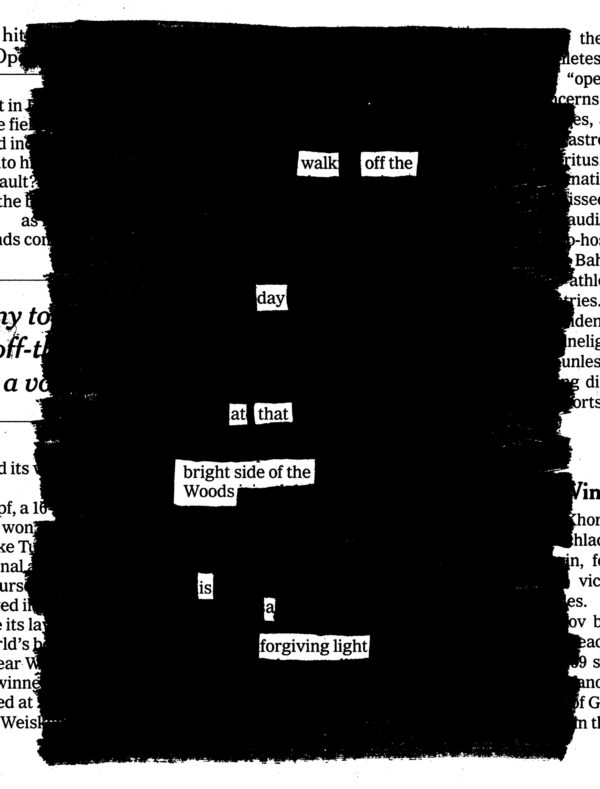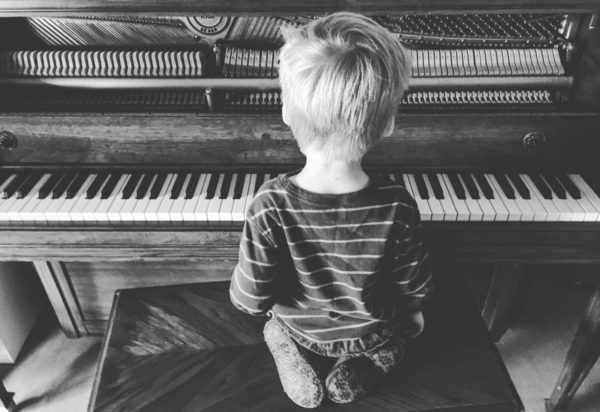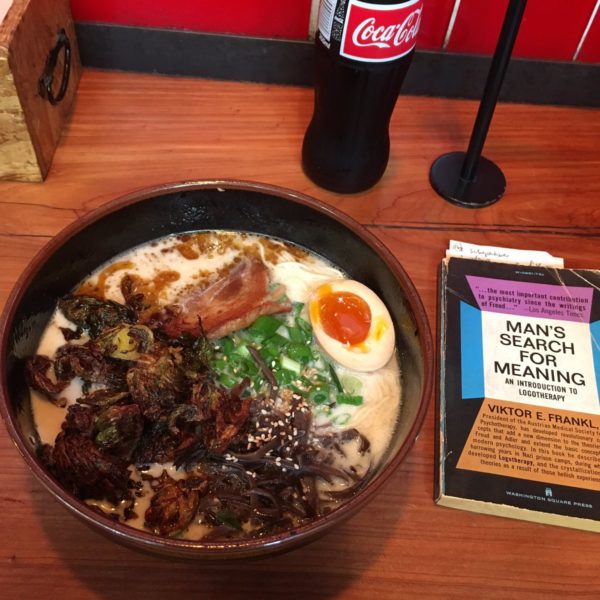
When re-reading Viktor Frankl’s Man’s Search For Meaning (after my bowl of soup), I re-underlined my favorite sentence: “What man actually needs is not a tensionless state but rather the striving and struggling for some goal worthy of him.”
I’d been struggling myself a bit with this re-read and Frankl’s emphasis on the future, how one must keep hope, keep his eye on the horizon. (Though I was particularly taken with his emphasis on imagination: how prisoners hold on by conjuring images of their loved ones, how a patient can sort out her decisions by pretending she’s lying on her death bed, looking back at her life.) I wondered how to reconcile Frank’s hopeful future-facing with my own feeling that life is more like Groundhog Day, and one should operate without hope and without despair.
Then I remembered Tamara Shopsin’s wonderful memoir, Arbitrary Stupid Goal, which ends with her father’s philosophy: That everybody needs an “ASG—Arbitrary Stupid Goal.”
A goal that isn’t too important makes you live in the moment, and still gives you a driving force. This driving force is a way to get around the fact that we will all die and there is no real point to life.
But with the ASG there is a point. It is not such an important point that you postpone joy to achieve it. It is just a decoy point that keeps you bobbing along, allowing you to find ecstacy in the small things, the unexpected, and the everyday.
What happens when you reach the stupid goal? Then what? You just find a new ASG.
Almost immediately after I put these two together, my mind brought up a third thing from the file: Matthew McConaughey’s 2014 Oscar acceptance speech, which is profound if you limit it to the beginning, in which he said he needed three things each day: “One of them is something to look up to, another is something to look forward to, and another is someone to chase.” (If only he’d ended it there! His explanation sort of ruins it.)
The second needed item on McConaughey’s list is emphasized by another thespian, Julia Louis-Dreyfus, in her episode of Comedians in Cars Getting Coffee:
Here’s something that my mom said to me and I think it’s very true in terms of happiness: You have to always have something to look forward to. It can be a very minor thing, and it can be a major thing. But you always have to have something you’re looking forward to next.
Oh, how high and low, treasure and trash mix in my mind, forming clumps I call thoughts!



